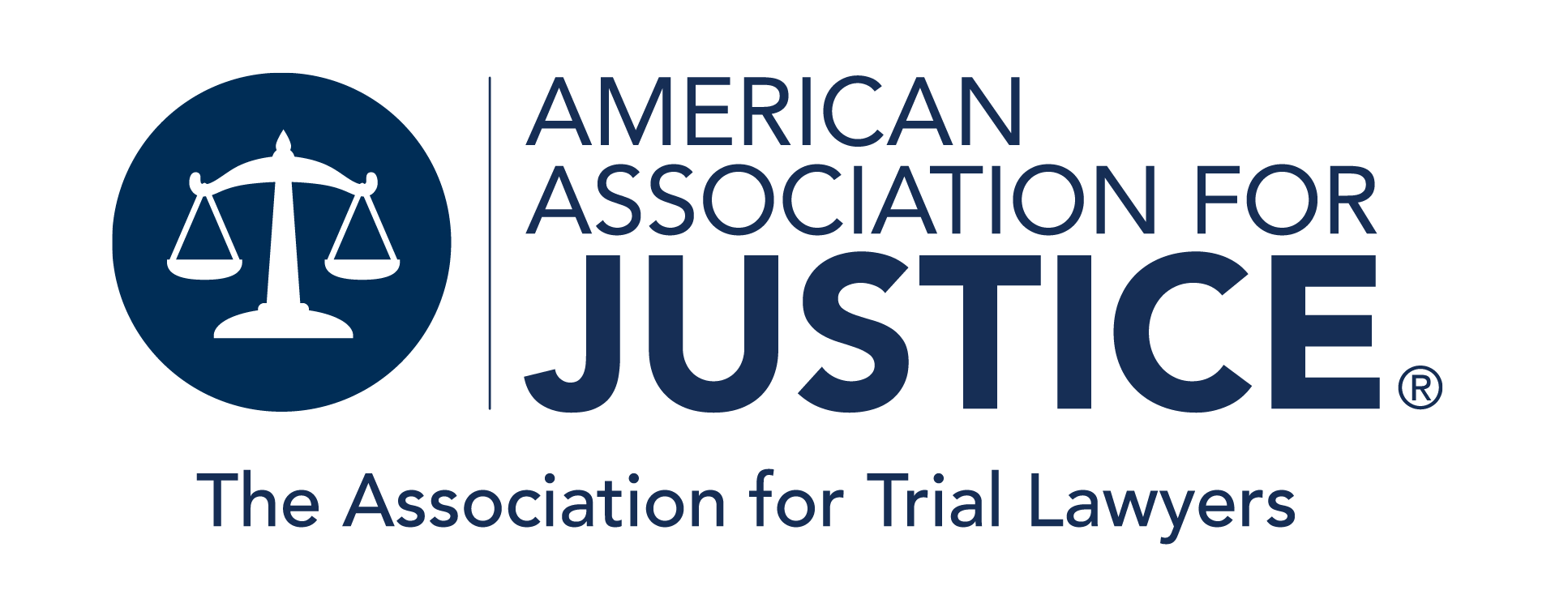Trial Magazine
Good Counsel
Focus on the Defendant’s Choices
September 2021Choices must be constantly in our minds as we review a case, decide whether to represent the client, and conduct discovery—and especially at trial. Showing jurors the choices available to the defendant that would have prevented the outcome or harm greatly enhances the likelihood that the plaintiff will prevail. This is a fundamental principle that emanated from the juror decision-making research that David Wenner and Greg Cusimano have been doing for more than 20 years and is still instructive today.
Identifying the range of choices. The available choices can be as simple as a person deciding whether to call a ride-hailing service or a friend for a ride home after a night of drinking rather than driving his or her vehicle home. Or the choices can be as complex and potentially wide-ranging as a drug manufacturer’s choices about the information it makes available to the public about the efficacy or side effects of its product or how it markets the product. Every choice a defendant makes can have a domino effect of consequences that leads to injury or death.
We need to determine the full range of choices available to a defendant and why the defendant should have exercised those choices differently to prevent the injury or loss. Some of the choices are obvious, such as the person who should have called for a ride home. Often, however, the choices are not immediately obvious when we first look at the case.
By illustration, in a premises liability case we must look at the choices available to whoever controlled the premises where the client was injured. The choices not to spend money on lighting, not to use high quality locks, not to lock outside doors at night, not to spend money on nighttime security patrols, not to act in the face of reports of crime in the area—these are the choices that we learn about through discovery and independent research. Negligence does not happen in a vacuum; it directly results from the choices a defendant made.
Develop a specific list of choices. Police records, building codes, fire codes, and industry codes are simple examples of what we research and review before we accept a case. In more complex cases, such as medical negligence or products liability cases, we research the applicable standards for the conduct involved—this gives us ideas for further avenues of discovery and a better understanding of the choices available to the defendant.
In Lawyers Desk Reference, former AAJ President Harry Philo listed hundreds of different organizations that publish standards (it was last updated in 2020). And thanks to the internet, we can find standards of every variety that set out choices a defendant could have made that would have been in line with safety standards.
Using discovery and depos to establish choices. Have the defendant identify organizations to which it belongs and standards applicable to its operations. Then look to determine whether the defendant followed the standards.
Interrogatories and requests to produce are the basic methods to extract information from a defendant about potential choices. Federal Rule of Civil Procedure 30(b)(6) depositions also are an ideal tool for identifying the choices available to the defendant and its failure to make the safest choices. These depos help us obtain the documents that corroborate these available choices. Through the testimony of a corporate representative, we must establish the choices available to the defendant that could have prevented the harm. “What else could you have done?” is the question that must be asked repeatedly until we know every potential choice available and why the defendant made each choice.
Focus groups. Once we have what we think are the available choices, we need to learn whether jurors likely will agree with us, and focus groups are the best way to do this. The focus group members are the reality check for the choices that we plan to present to the jury. Focus group participants will tell us what they think of the choices that we believe are important, and they also will think of choices that did not occur to us.
At trial. The story we tell in the opening statement provides the framework for presenting the choices that the defendant made that resulted in the injury or death. Then, through witnesses and the documents we present to jurors, we show that the defendant had viable choices that it did not exercise and that would have prevented the injury or death. Jurors need a frame through which to see our case. Available choices not exercised or wrong choices made can provide the framework for success.
Jerome F. O’Neill is an attorney at Gravel & Shea in Burlington, Vt., and can be reached at joneill@gravelshea.com.

